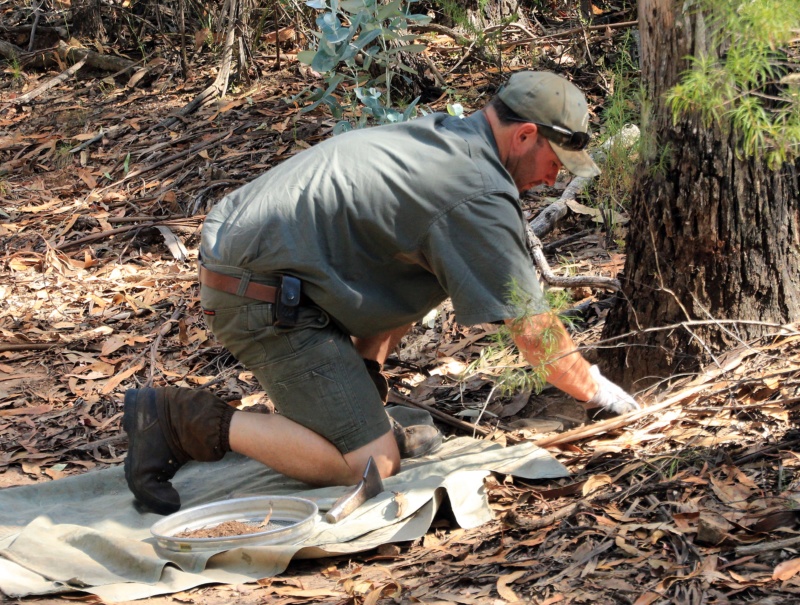26 April 2019
“The dog situation has nearly 100% improved on what it was. I put most of it down to the AWI baiting program in conjunction with aerial baiting and the wild dog controllers.”
These are the words of Ian Junor, producer and committee member of the Omeo Benambra Landcare group in East Gippsland. Ian’s sheep enterprise, and indeed his whole life, had been seriously affected by wild dog attacks by 2014.

In what could only be described as a ringing endorsement for the Victorian wild dog control program, he says: “It is amazing. It makes farming so much more enjoyable. It was hell there for a while, but I haven’t lost a sheep for five years this September. Prior to that I lost 80 sheep in just over two months. It used to happen regularly, and if it wasn’t me it was a neighbour. It was really bad. It was nearly not viable to run sheep.”
Ian’s story is just one of the authentic case studies on the PestSmart website. These in-depth studies bring to life the challenges and changes in the wild dog control landscape in Victoria over the past 15 years.
Changes for the better such as Ian’s observation that biodiversity has improved due to the decrease in wild dog numbers. “Even the wildlife has changed. We’ve got little red-neck wallabies back again. Very rarely you saw one before, and now they’re thriving. I’ve even seen lyrebirds getting about in the last six months. It’s really good.”
The case studies document how the principles of the National Wild Dog Management Plan were implemented to develop a community-based approach to wild dog control. This approach bridged a communication chasm, and created a new culture of co-operation and understanding along with greater acceptance and adoption of current best practice control techniques.
Read about those involved at the very coalface: profoundly affected landholders, shrewd and knowledgeable wild dog controllers, as well as empathetic and experienced DELWP staff.
Case Study 1: The Wild Dog Control Journey
Peter Austin is DELWPs Manager Statewide Invasive Species Programs. “I recommend you read these case studies. They provide a very good summary of where the wild dog control program has come from.

“It’s obviously been quite a stressful journey but the program continues to be successful because it’s driven by experienced, practical staff who want to develop relationships with their community. The support from the AWI component has been a terrific inclusion because you need coordinated community control activities for effective pest management.
“There is no better feedback on how things are travelling than from attending the recent Wild Dog Management Zone community meetings around Gippsland and Northeast Victoria. It was evident that most people were happy with the level of support they were receiving from the AWI wild dog community coordinators around baiting programs and other controls. It’s a positive reinforcement from the community, back to the program, that we’re on the right track and a far cry from the angst and aggression of six or seven years ago.
“The challenge now is to empower and persuade our community groups to maintain this hard-won level of wild dog control. There will always be ‘hot spots’ but we have to keep predation to a minimum through a shared responsibility approach. I see wild dog control as an investment into the productivity of a farming enterprise.”
Share